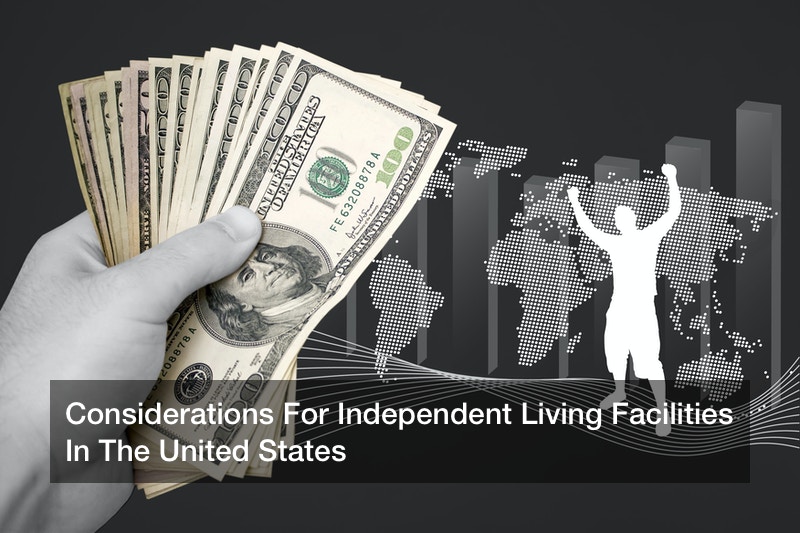
With the aging of the Baby Boomer generation, the overall elderly population in the United States is growing quite dramatically indeed. As a matter of fact, this is something that can be seen quite clearly indeed in the data that has been gathered on the subject, data that shows that, by the time we reach the year of 2040 (now not so far off into the future at all), more than 14 million people in the United States alone will have reached or even exceeded the age of 85. And still millions more will fall into the younger category of elderly people, from 65 and up.
But elderly life is often different than it once was. For one thing, many more people are planning to work well past the point that their peers – and family members in the past – would have retired. In fact, this is something yet again supported by data. By the time we had reached the year of 2016, up to one fifth of the elderly population was still working. For some people, certainly, this is done out of necessity. For others, however, it is simply something spurred on by a love of purpose – for wanting to feel useful in the field where such has been the case for such a long period of time.
But even for those who are retired, the drive for usefulness is most certainly a strong one, becoming more and more apparent over the course of time. Fortunately, there are many ways to find this usefulness. Volunteer work is one great example of exactly this, as volunteer work allows anyone interested – including, of course, the elderly population – to give back as they see fit, to help out a community that they might not have had time to dedicate to before retiring from their jobs or careers. Therefore, it is easy to see why up to half of all elderly adults will participate in some level of volunteer work. After all, even just donating and dedicating a small portion of time to such matters can make a big difference in the lives of everyone involved, to say the very least.
Volunteer work can also help many an elderly person to avoid loneliness, something that is all too prevalent within the elderly population. Loneliness can all too easily lead to depression, which is another growing concern for elderly people all throughout the United States. Taking steps to rectify loneliness through finding connection with others is hugely important in all walks of life, but is something that many members of the elderly community must pay particularly close attention to. Volunteering is one way to go about this, but other options are available as well.
For instance, moving to an independent living community is a popular choice. After all, the typical independent living community is not anything like the nursing homes that so many elderly people fear. Though up to 90% of all elderly people in this country want to stay in their own homes as long as they are physically able to do so, an independent living community can provide the best of both worlds. While such types of senior housing allow for independent functioning in day to day life, they also serve to bring elderly people together. This is due to the fact that, in the majority of all independent living communities, one must have reached the age of 55 before being allowed to move in. Such senior living communities promote independent living, to be sure, but they also, in this way, help to promote connection and the potential for closeness among people of the same generation who likely have a good number of similarities, something that can certainly be of a huge importance in terms of staving off loneliness and even depression and other mental health issues to boot. So if you’re interested in independent living, there is likely an independent housing community near you to look into, as such communities that utilize independent living have become more and more widespread all throughout the United States and even in many places beyond it as well.
